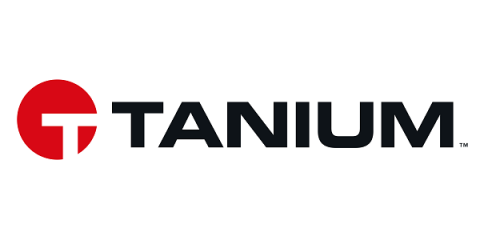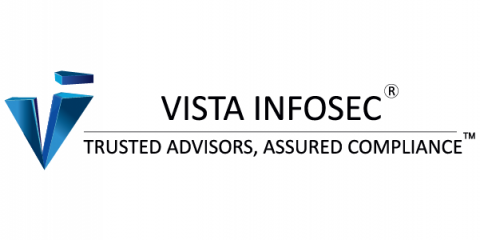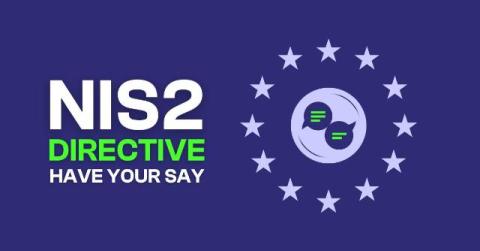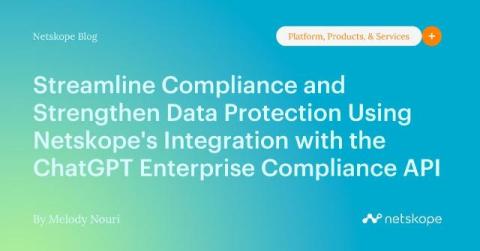Announcing Vanta's $150 million Series C funding
Vanta was founded on a mission to secure the internet and protect consumer data. We got our start in 2018 by automating compliance with information security frameworks like SOC 2, making it faster and easier for companies to demonstrate their security and unblock revenue.











